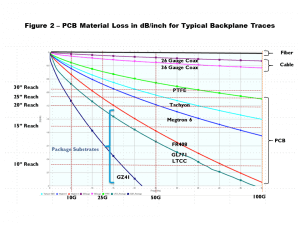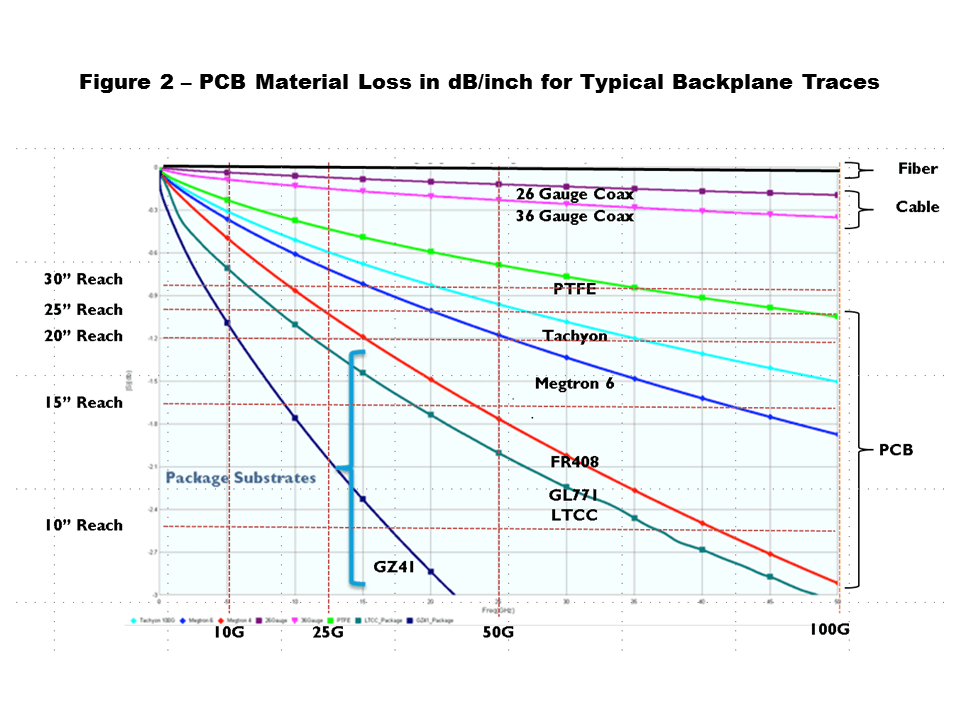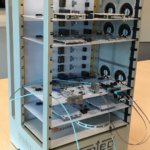
Here is a link to an EDN article you need to read.
Scott McMorrow, R&D Consultant for Teraspeed® Consulting (a division of Samtec), discusses the migration of high-speed data transfer rates to 28 Gbps and beyond. Here’s a quick synopsis.
We Can Barely Get To 56 Gbps With Today’s Materials
It’s hard to give an overview to such an insightful article, but I’ll try to give a quick recap:
First, although many in the industry are successfully achieving information transfer rates of 28 Gbps, the industry has to accept that even with the best materials today we can just barely get to 56 Gbps, which is the next level on the data transfer ladder.
We Cannot Grow Bandwidth Without Optics
Second, we cannot grow bandwidth without optics.
While optical systems have nearly unlimited bandwidth, it is difficult to impossible to put the number of optical connections required on a printed circuit board to replace the aggregate bandwidth of which copper traces are capable.
Silicon photonics may be the answer for the future, but that will require extensive changes to the printed circuit board industry, which will take time.
We Need A Bridge To Photonics
Third is the need for a bridge technology that will enable us to get from pcb solutions to silicon photonics.
Micro flexible twinax and coax cables achieve the bandwidth needed in a cost-effective solution. Samtec has demonstrated that in the next 5-10 years we can transition to copper cable on backplanes and printed circuit boards that is embedded in the boards themselves.
Ultimately, what we are looking to do is replace PCB traces with cables.

Again, it’s a great article, and I’m just hitting on a few highlights. Here’s the link – it’s worth the read.
Samtec helps engineers design high performance electronic systems. With the recent integration of Teraspeed® Consulting into the Samtec family, we now provide more access to our advanced systems design research, helpful videos, conference presentations, white papers, etc.
